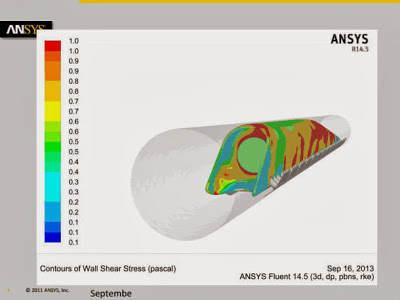After gaining steam on the collaboration platform JumpStartFund, a group of engineers set out to create a crowd-friendly company to make the Hyperloop happen.
Dirk Ahlborn and his co-founders have connections with SpaceX, they were able to talk over the idea with the company’s president, Gwynne Shotwell, and get the green light to feature it on the platform. Now, after receiving more than 300 votes and the expressed interest of a number of potential collaborators, JumpStartFund has decided to move the project into the in-progress stage.
Joining the JumpStart team to make the Hyperloop company a reality and lead the project are engineers Marco Villa and Patricia Galloway. Villa was previously with SpaceX as the director of mission operations and in charge of the Dragon spacecraft project. Galloway was a member of the US National Science Board for six years before serving as its vice chair from 2008 to 2010, and has experience in national infrastructure planning as part of the National Construction Dispute Resolution Committee.
JumpStartFund is also accepting applications from members of the site to work full-time on the Hyperloop project in exchange for equity in the company.
Early Engineering simulation work has been done
A computer-based engineering simulation company Ansys — who Musk employs for SpaceX simulations –has performed early simulations. These show that the Hyperloop design as it stands now — first laid out by Musk’s 58-page “alpha” design — still needs massive tweaking to become a safe and viable mode of transport.
Ansys’ initial round of computer simulations of the Hyperloop concept illustrate in red the high levels of stress, or the force pulling the vehicle backward, that would make current designs energy inefficient.
(Credit: Ansys)
Musk conceded that his theorized designs, which were drawn up with help from colleagues at both Tesla and SpaceX, need to be vigorously crowdsourced for improvement. Ansys hopes to be a large player in that process, and it joins a growing crowd of enthusiasts — Redditors included — from all over the Web who want to see the vision become a reality through crowdsourcing and even crowdfunding.
“To operate the vehicle at subsonic speeds and yet keep the air flow from breaking the sound barrier, “the shape of the vehicle has to be very, very carefully prepared.”
Air flow problems like this are what contribute to the large patches of red in the first simulation slide, seen here on the left. The red indicates that the stress — not the kind of stress that would destroy the vehicle but rather the force pulling the vehicle backward — is too great near the right side and back of the vehicle to make it energy efficient.
If you liked this article, please give it a quick review on ycombinator or StumbleUpon. Thanks

Brian Wang is a Futurist Thought Leader and a popular Science blogger with 1 million readers per month. His blog Nextbigfuture.com is ranked #1 Science News Blog. It covers many disruptive technology and trends including Space, Robotics, Artificial Intelligence, Medicine, Anti-aging Biotechnology, and Nanotechnology.
Known for identifying cutting edge technologies, he is currently a Co-Founder of a startup and fundraiser for high potential early-stage companies. He is the Head of Research for Allocations for deep technology investments and an Angel Investor at Space Angels.
A frequent speaker at corporations, he has been a TEDx speaker, a Singularity University speaker and guest at numerous interviews for radio and podcasts. He is open to public speaking and advising engagements.


